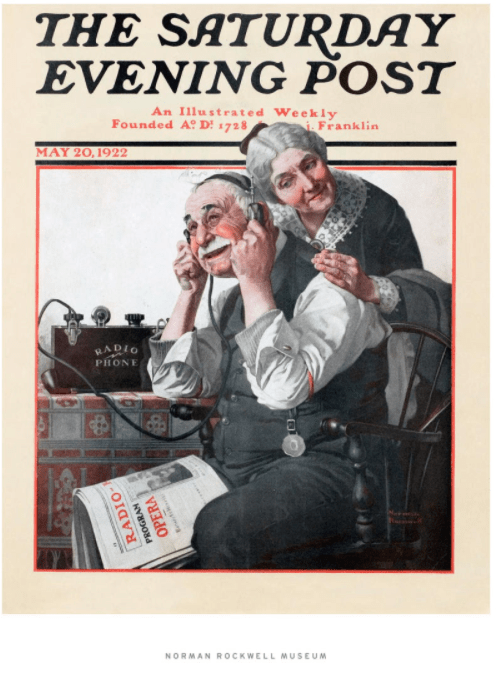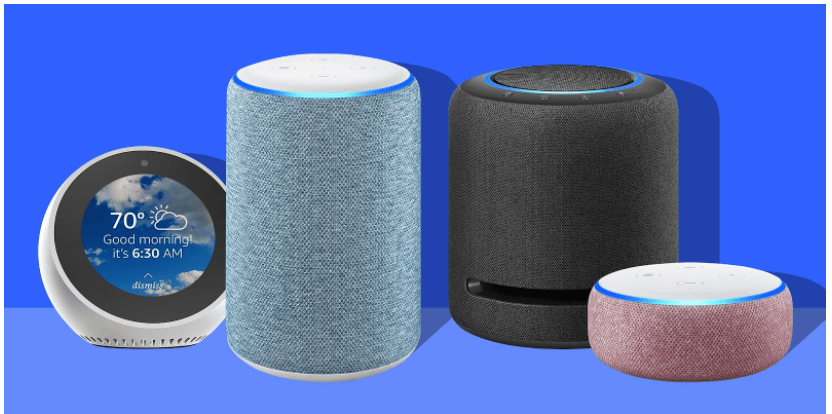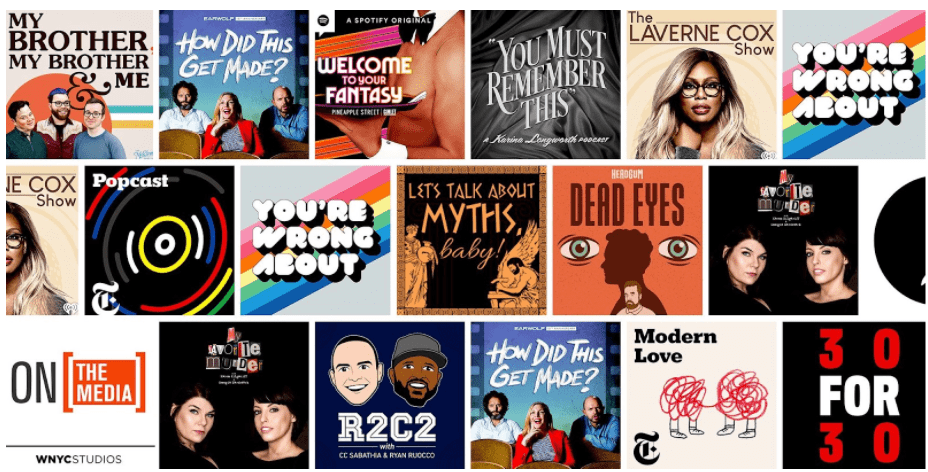With the rise of podcasts and streaming services in recent years, audio advertising has become a new avenue for businesses looking to reach a wider audience. Learn about the history, benefits, and top trends in the audio advertising industry before deciding if it’s the right next step for your company.
One impact that COVID-19 has had on society is the everyday commute many Americans make to their office each day. Commutes on public transportation were a prime time for people to listen to their favorite podcasts or plug in their favorite streaming service.
Despite this, the digital audio industry has proven resilient, particularly in the audio advertising space. In fact, over 70% of adults between the ages of 25 to 54 are regularly streaming music, news, and podcasts each month, creating ample advertising opportunities for businesses.
Audio advertising allows businesses to insert their awareness campaigns and ads outside of visual avenues. These ads can occur before or during music streaming, news, and podcasts.
Types of Audio Ads
- Pre-roll: audio ads played before a streaming session.
- Mid-roll: audio ads played during a streaming session.
- Post-roll: audio ads played after a streaming session.
Audio is how many people consume media on the go – making it a great opportunity for businesses looking to promote their services.
With the content explosion of streaming and podcasting, there are many more opportunities for businesses to invest in audio advertising especially as the landscape continues to evolve.
Rise of Audio Advertising
On-air or radio advertising was the first instance of audio advertising in the 1900s. As the decade continued on, more radio stations began ramping up their advertising offerings to find ways to make a profit.
According to study.com, “the first recognized form of radio advertising came in early 1922 when AT&T began to sell toll broadcasting opportunities, in which businesses could underwrite or finance a broadcast in return for having their brand mentioned on air.”
Over the next ten years with the golden age of radio, almost 90% of American radio stations were broadcasting ads and commercials.

The last ten or fifteen years have seen a shift in the industry – with the decrease of talk radio stations, more consumers are investing in satellite radio, podcasts, voice search technologies, and other premium options that make a living on audio advertising.
Since it is clear that digital audio consumption and advertising have experienced significant growth, businesses of all sizes should consider their options while looking at the benefits of audio advertising.
Benefits of Audio Advertising
- Personalized media: Listening to audio content has always been a personal and immersive experience. With consumers already having this connection to what they’re listening to, there is a natural bond that allows them to have a stronger response to advertisements.
- Availability: A major benefit of digital audio content is that listeners can listen anywhere and at any time. Along with the multitude of devices, people can also listen offline. With all of these opportunities, businesses have room for their advertisements to take focus.
- Variety of genres and formats: As previously mentioned, there are many formats and genres that audio advertisements can target. Businesses can create advertisements that specifically fit within podcasts, music streaming services, and more.
- High precision targeting: Along with targeting specific genres, businesses can target their intended audience. Businesses can invest in advertising at specific times of day, within specific stations, or by location.
Disadvantages of Audio Advertising
- Lack of visuals: In an audio advertisement, there is no room to show or demonstrate a product or service. A lot of buyers are visual, so lack of that element can threaten long-term awareness.
- Limited listener attention: It is difficult to track attention, especially since skip buttons are readily available for listeners.
- Audience fragmentation: With a large amount of audio content out there, it is hard for companies to reach broad audiences. Their message might only be heard by a small set of listeners.
- Clutter: With the amount of radio, podcasts, and streaming services, the audio advertising space is crowded. Breaking into the market is easier said than done.
With all of these benefits and disadvantages, it is also important for businesses to be aware of the top trends in the audio advertising industry.
3 Audio Advertising Trends for Businesses
1. Interactive Audio Advertising
A key reason for the growth in audio advertising is the element of interactivity.
Because of smart speakers and other voice-enabled technology, brands can now encourage their listeners to react to ads by using voice commands.

With these prompts, users are encouraged to take action immediately.
These engaging ads also allow businesses to more accurately track conversions and measure the effectiveness of their ads. How many people ended up using the coupon code for a new tea box subscription? Your business will be able to track that based on how many people interacted with that specific ad.
Think about ways your audio advertising campaign can become more effective by encouraging interactions with your target audience.
Cost to advertise: To create an interactive audio ad, the cost is depended on location and streaming outlet.
2. Podcast Advertising
Podcasts, despite having a worldwide reach, are community-driven. As a trusted relationship grows between a host and listener, brands can leverage that.
According to Podcast Insights, there are more than 2 million active podcasts, and that number rises each week.

If a podcast host endorses a particular product, listeners will tend to be more open to purchasing that product, especially if a coupon code is attached.
Because of the connection they have with the host or entire podcast team, avid listeners are more inclined to listen to ads as opposed to skipping over them. The ads are also likely to fit what the target audience already wants.
For example, a lifestyle podcast is more likely to advertise products that attract that demographic. The same could be true for a human resources podcast with ads that promote a recruiting service.
It is important that the advertisements are authentic and do not seem out of place – as to not alienate listeners.
Businesses can start researching podcasts that fit their target audience and then begin outreaching to podcasts and purchasing spots.
Cost to advertise: For businesses looking to break into the podcast advertising market, the average rate is $18 per 1,000 listeners for a 30-second ad.
3. Synchronized Audio Advertising
Similar to other types of advertising, audio advertising works best with a partner. If your audio ads are connected to another advertising medium, it helps reinforce the message while delivering a seamless experience.
For example, an audio advertisement on Spotify or another music streaming platform can be accompanied by a mobile video advertisement. That interactive visual can generate more interest with the intended party and raise brand awareness.
Cost to advertise: The budget to create a synchronized audio advertisement must factor in the video, music, and other audio costs. Depending on the undertaking, it is likely the most expensive option.
The audio advertising sector has tremendous potential – it is time for your business to consider if it is a right fit for your overall advertising strategy.
Audio Advertising: An Investment for Businesses in 2022
As we start a new year, the audio advertising industry will continue to evolve by attracting new mainstream listeners as podcasts and voice-enabled devices before more unique and personalized.
As the industry continues to innovate, businesses interested in audio advertising need to think critically about how their advertising strategy can adapt to a challenging medium.
Interested in audio advertising and other advertising strategies? Browse through our list of top advertising agencies.
Additional Reading